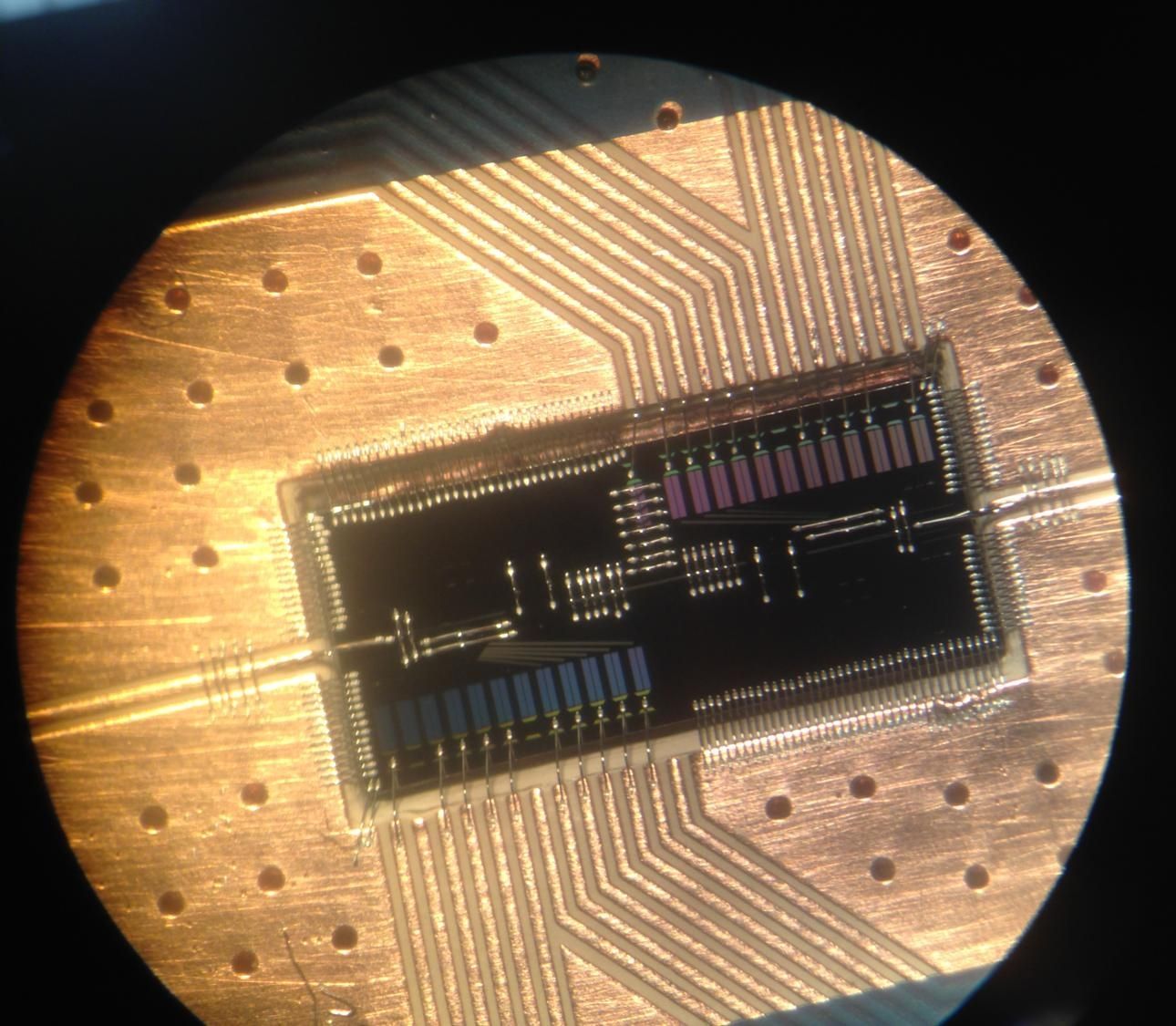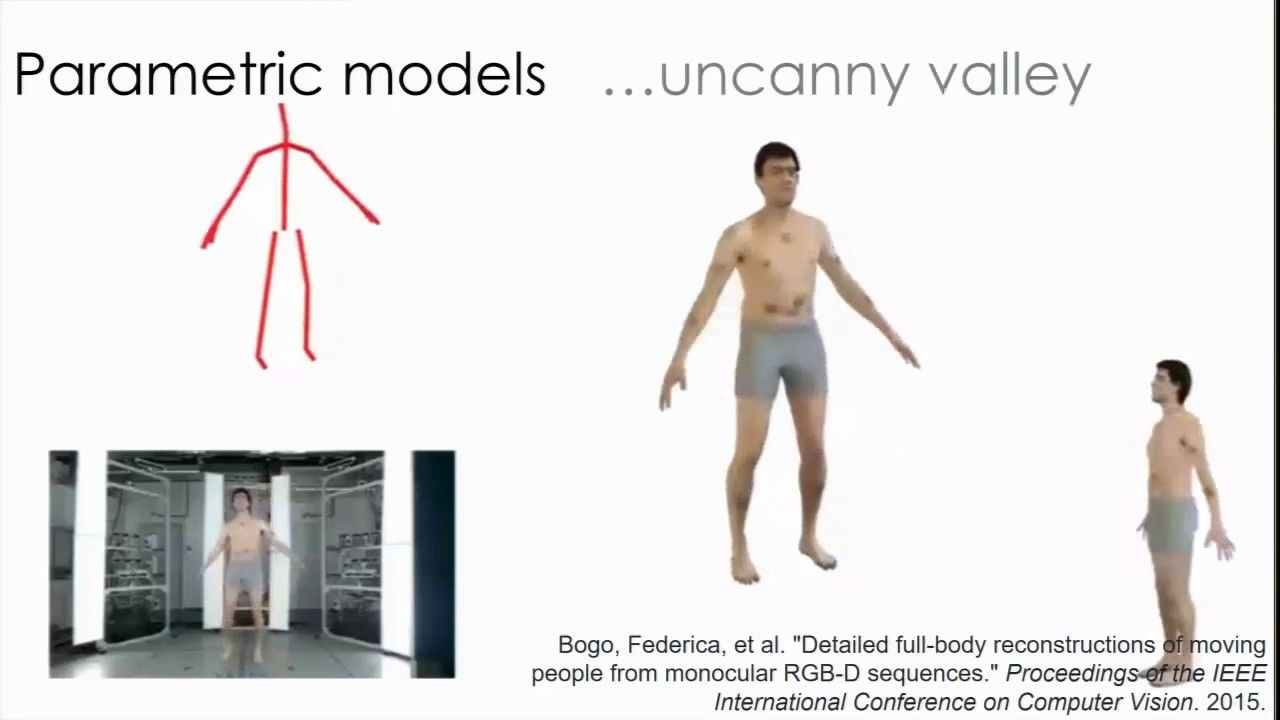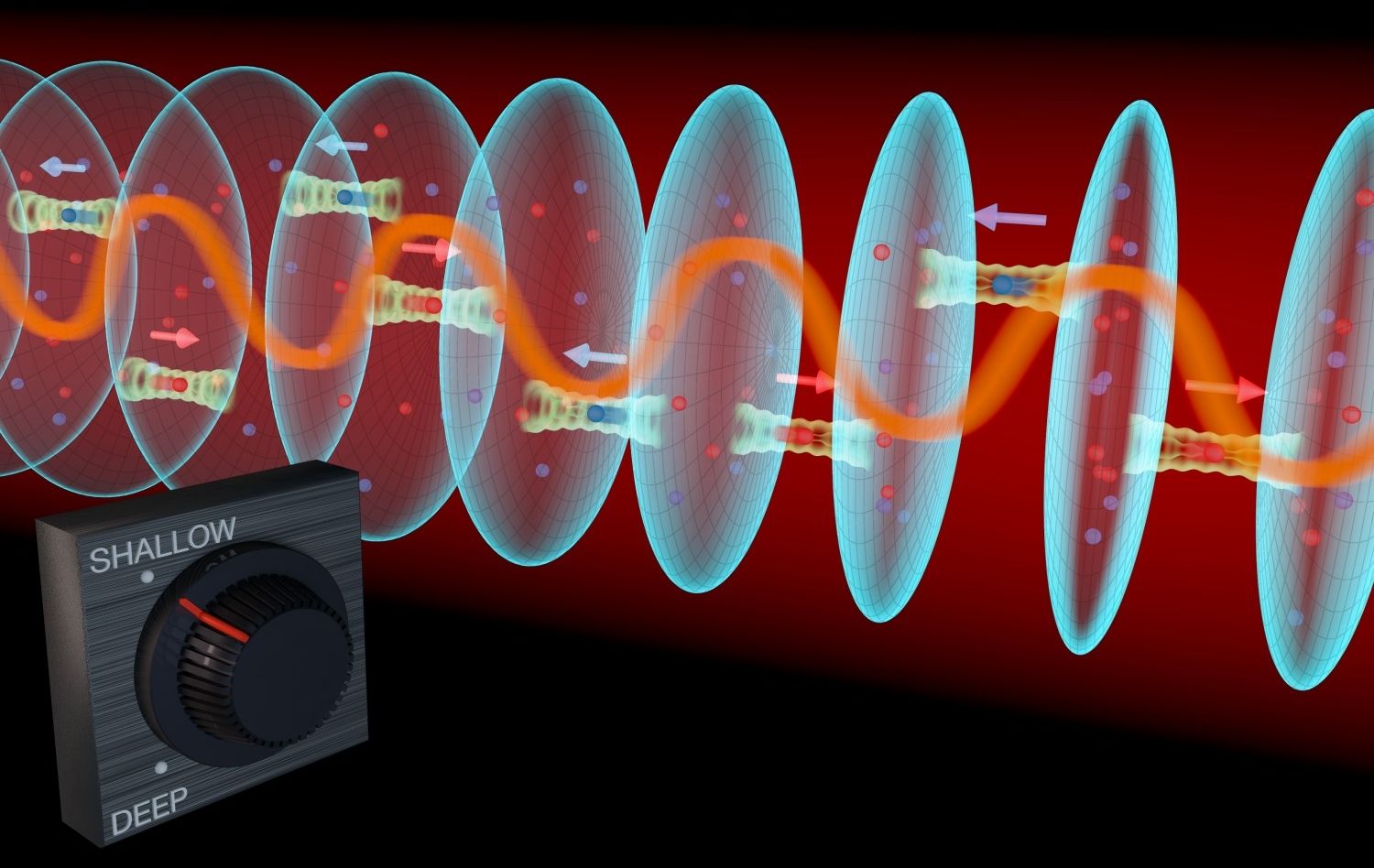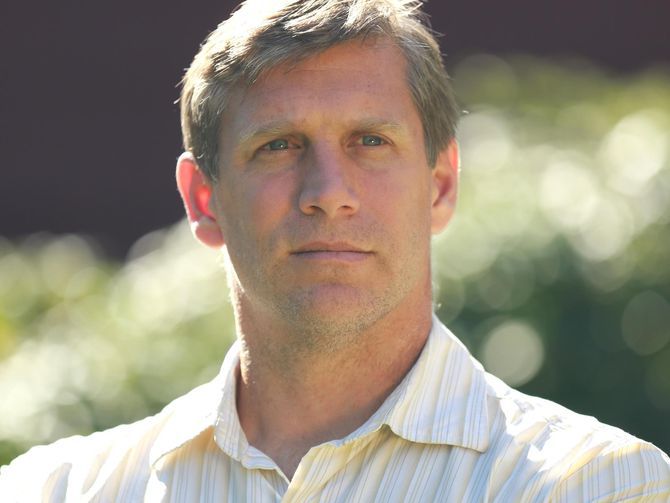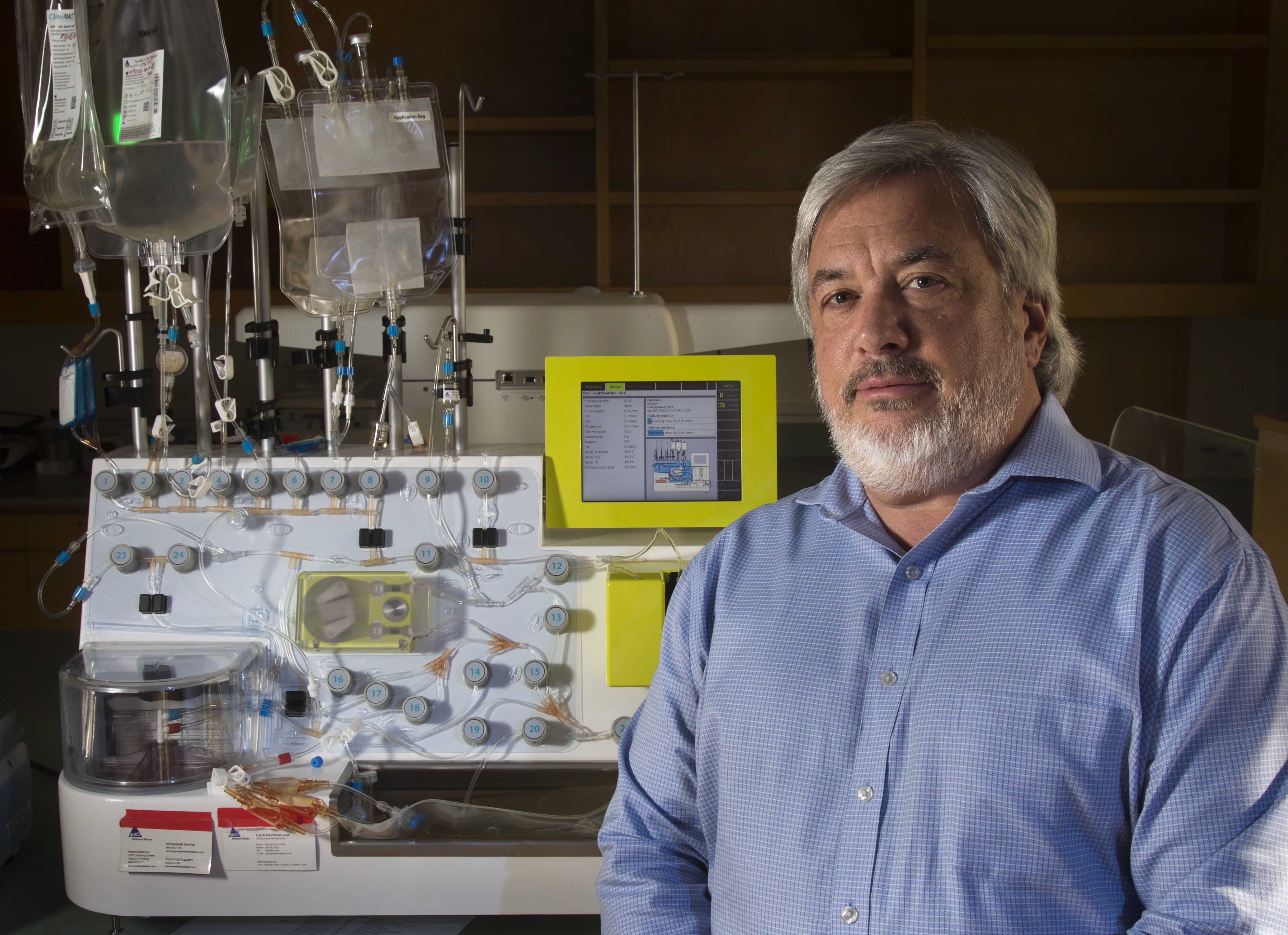Dec 22, 2016
Experts split on how soon quantum computing is coming, but say we should start preparing now
Posted by Karen Hurst in categories: computing, encryption, information science, quantum physics
Let’s say closer to 7yrs or less.
Whether quantum computing is 10 years away — or is already here — it promises to make current encryption methods obsolete, so enterprises need to start laying the groundwork for new encryption methods.
A quantum computer uses qubits instead of bits. A bit can be a zero or a one, but a qubit can be both simultaneously, which is weird and hard to program but once folks get it working, it has the potential to be significantly more powerful than any of today’s computers.

